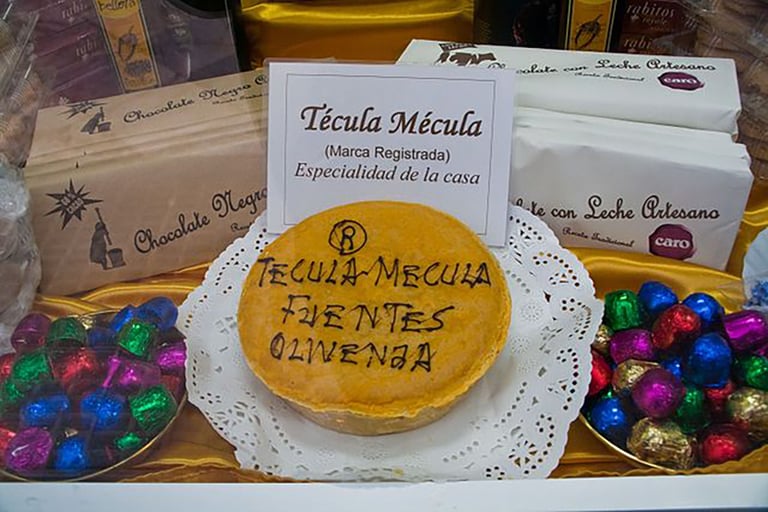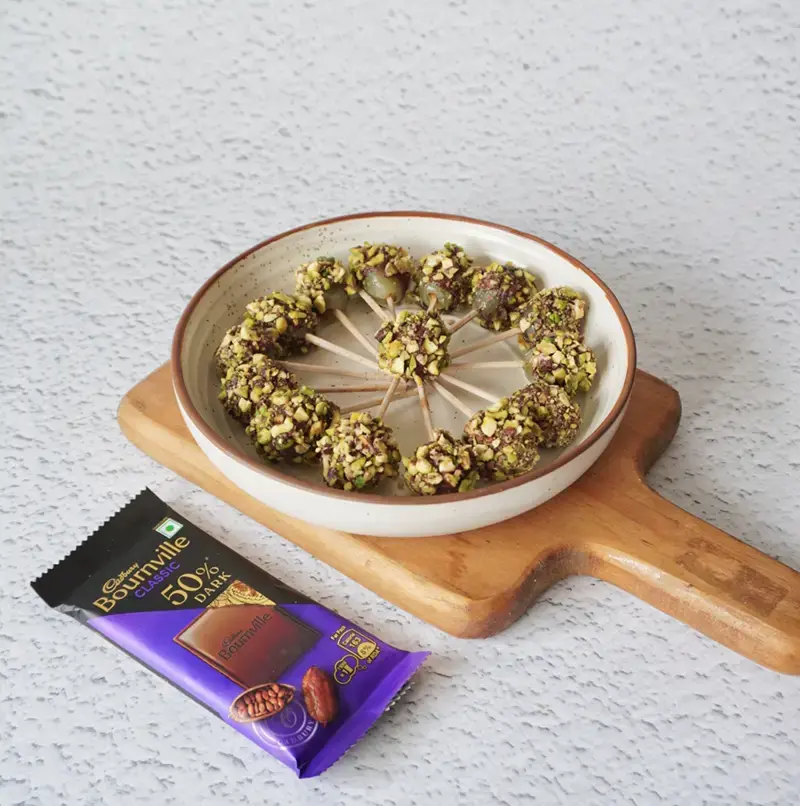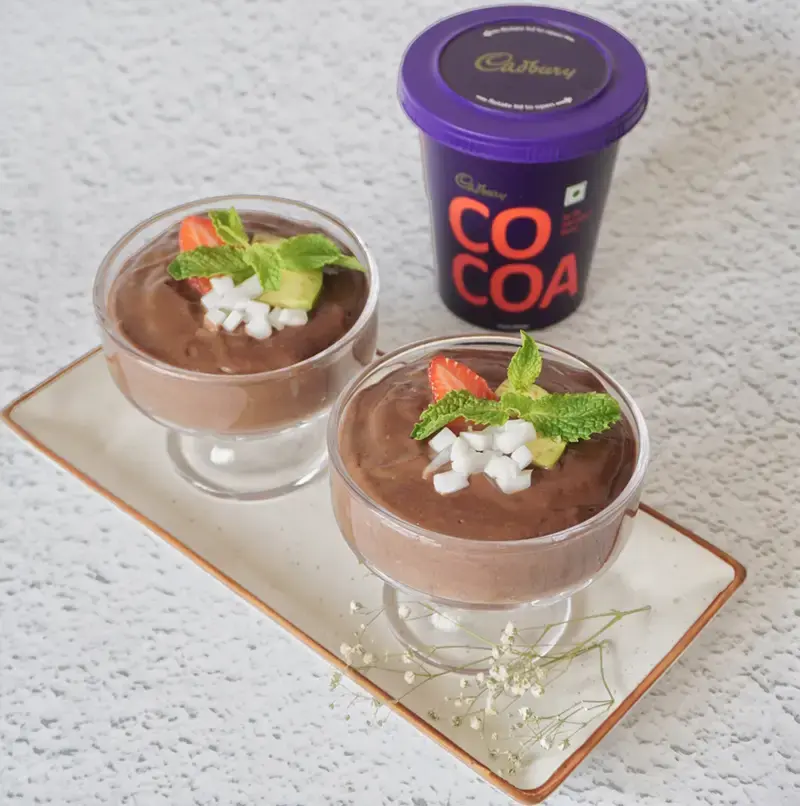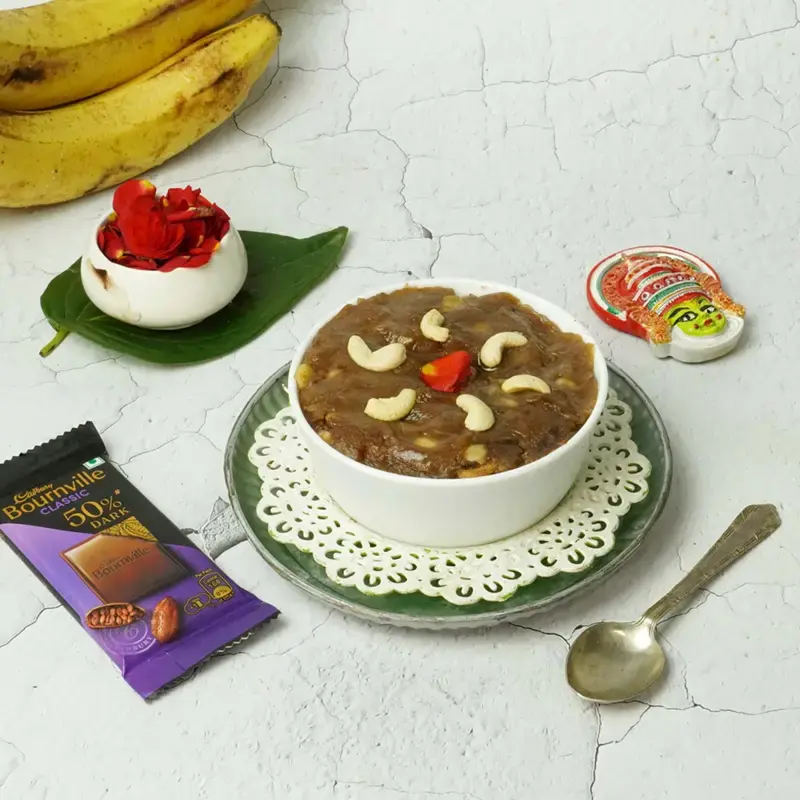A stiff but crumbly biscuit crust that is buttery might hold the key to your serotonin boost with its sweet fillings that dissolve on your tongue, while none of these are chocolate desserts, they are equally good

Tarts have a variety of fillings whether using fresh produce or the preserved kind. Different countries have their own version of these large to small pastry-filled delights and also use a different name based on the ingredients used and to a large extent from the region they are from. So here are a few handpicked ones from Switzerland to the down under that are distinctly different, and have the most delish dessert recipes that are deceptively simple.
1. Bündner Nusstorte

A tart from Switzerland, the Bündner Nusstorte also known as Engadiner Nusstorte, has a shortbread crust that is filled with caramel and walnuts. The first recipe for this tart popped up in 1934, when Fausto, a confectioner presented this cake-like tart at the Swiss Sample Fair in Basel; he had baked it first in 1926. The older recipes called for the nuts to go into the dough which made it a cake and not a tart, the more modern versions called for a filling and this one has a crust. It’s a perfect tart alongside a cup of tea or coffee.
2. Tarte au maroilles

Coming from the Thiérache and l'Avesnois regions of France, tarte au maroilles is said to have Flemish roots. It uses the famed local cheese called Maroilles cheese which is known for its nutty and tangy taste with a really pungent odor. The base is a shortcrust pastry or pâte brisée which is filled with a combination of this cheese and crème fraîche, butter, eggs, salt, and pepper. The tart is then baked until the filling gets all gooey, bubbly and golden brown. It's typically enjoyed with a glass of wine or beer with salad and fries on the side.
3. Gypsy tart

A classic English tart from Kent, it has a tart shell that is filled with evaporated milk, that is whipped with sugar for a light mousse-like filling. The tart is baked and then topped with powdered sugar mostly and is delicious whether eaten hot or cold. The story of this tart is believed to go back to a woman who wanted to feed some hungry gipsy children so she whipped up this tart for them to eat. This tart was part of the school lunch menus in Kent school between 1960-1980.
4. Tert di preimu
Also known as the Antillean prune tart, this dessert comes from Curaçao and Aruba with a buttery crust made with milk, butter, eggs, baking powder, flour, and salt. The filling is made with sweet prunes, flour, sugar, mace, nutmeg and cinnamon that is cooked on a stove until it's combined and all mushy and poured into the tart’s crust, once cooled. The tart is then baked until the crust is golden brown and is sliced and eaten.
5. Neenish Tart
Popular in New Zealand and Australia, this tart has the typical pastry shell filled with custard and what makes it stand out is the twin-colored thin icing that is carefully layered on top of the tart. It comes in pink-white, brown-white or pink-brown combinations. The tart is possibly of European origin, existing under the monicker Neinich tart and early references to the tart can be traced back to 1913 The Bunbury Herald newspaper mentioned the Neenish tart. The modern-day tarts might also have a layer of jam, or come in flavors like lemon.
6. Quetschentaart
A plum tart from Luxembourg, that uses the local purplish-blue Damson plums that bear fruit and ripen in autumn, so the Quetschentaart is also made during that time. A pastry crust is made from a buttery dough that is pressed into a tart mold or tin and lined with freshly sliced Damson plums and baked till golden. It is often dusted with powdered sugar for more flavor and making it aromatic. This tart can be found in most bakeries and restaurants across the country and eaten with whipped cream or ice cream.
7. Crostata al torrone
An Italian tart from the Sarnano region, this tart has a pastry shell with a filling that is similar to nougat (torrone). It's made with milk, eggs, a combination of different nuts with fruit jam, honey or sugar and candied fruits. The exact origin of this tart is lost to time but it has always been associated Sarnano and is believed it was also made around the Middle Ages in the region.
8. Técula mécula

A Spanish almond and egg tart, the Técula mécula is incredibly buttery and dense, supported by the tart crust that is tucked in the bottom of a cake pan. The filling of the tart is made with flour, almonds, egg yolks, butter, sugar, lemon zest and sometimes acorns turned into a paste. The tart is baked until golden and eaten at room temperature with a side of local sherry or whipped cream. It was the favorite dessert of King Charles V because of which it also has the nickname of “imperial dessert”.
Like This Article?
More Like This


Popular Articles





Trending Web Stories
Curated Recipes



















